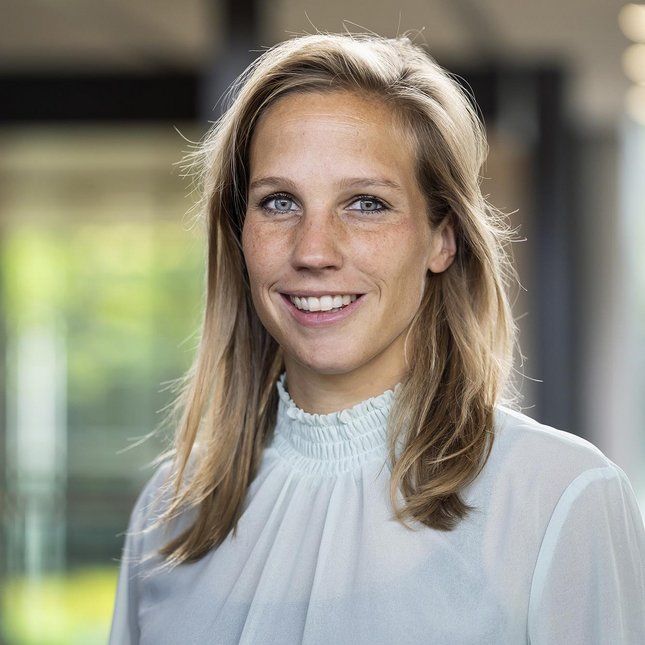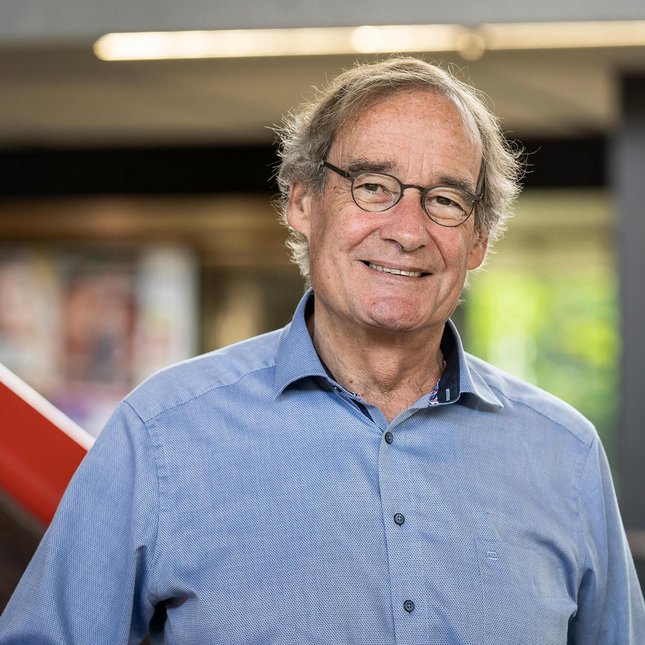We are a University Fund that helps finance scientific projects that are, for the larger part, based on fundamental research. That is why we know and understand that success is not guaranteed. The reality is that a considerable number of projects fail, and many ideas turn out not to be viable. But as an organization that strives to support the development of talent, we look beyond the black and white of success and failure. We like to think in opportunities to learn and grow. And we put our trust in connection as a catalyst to make the impossible possible. We believe that cooperation, coaching and mutual support boost progress. Or, in this case, give a promising product a second chance at proving it’s potential.
Read more
Tessie Hartjes

Harry Otten